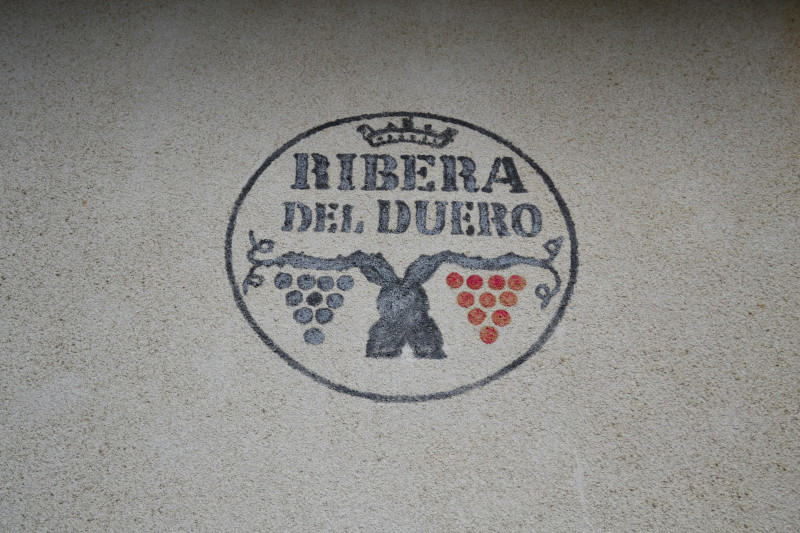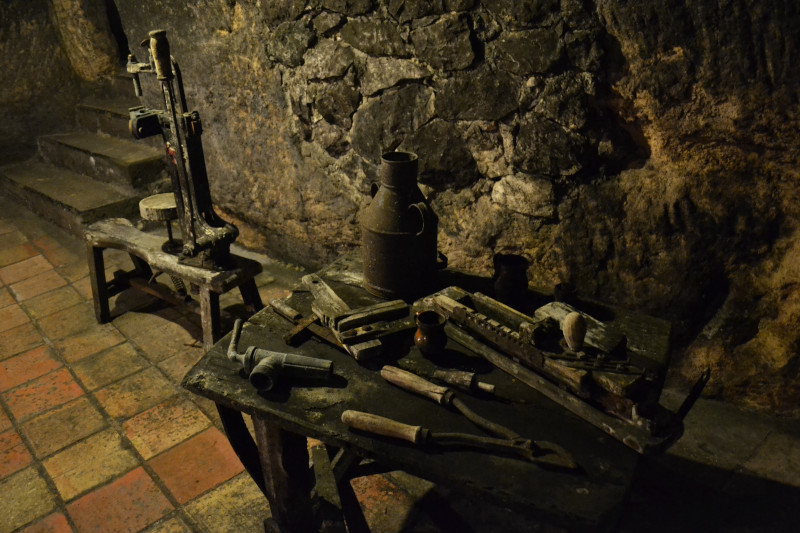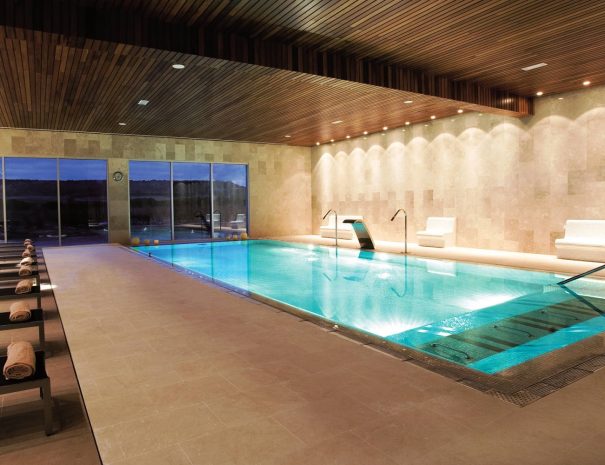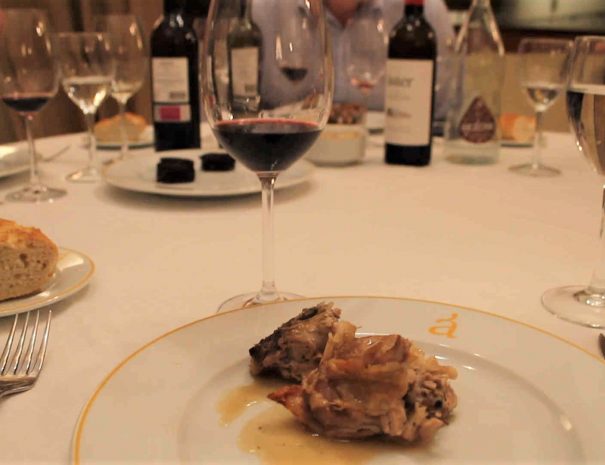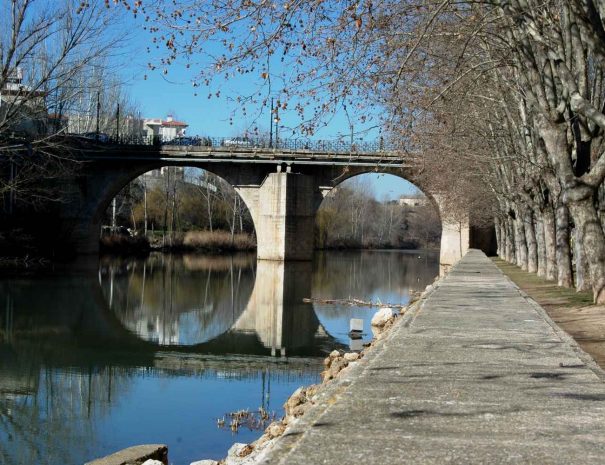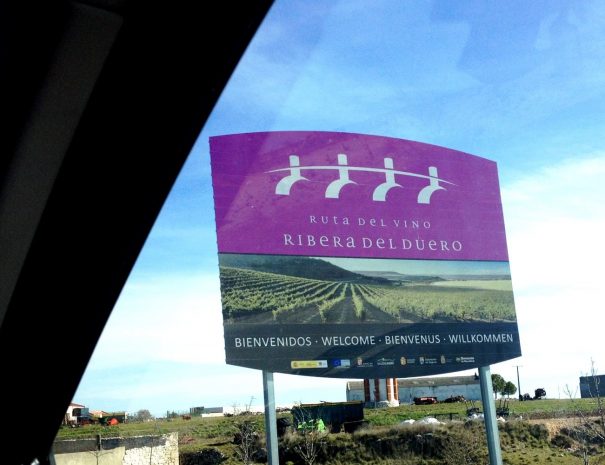
History of Ribera del Duero
Ribera del Duero is not an old wine appellation for Spanish standards. It is however one of the most important red wine-producing regions in Spain. A region where Tempranillo reaches very high-quality standards. This post provides a view of how everything started in Ribera and provides some hints to explain its success. … Read More

